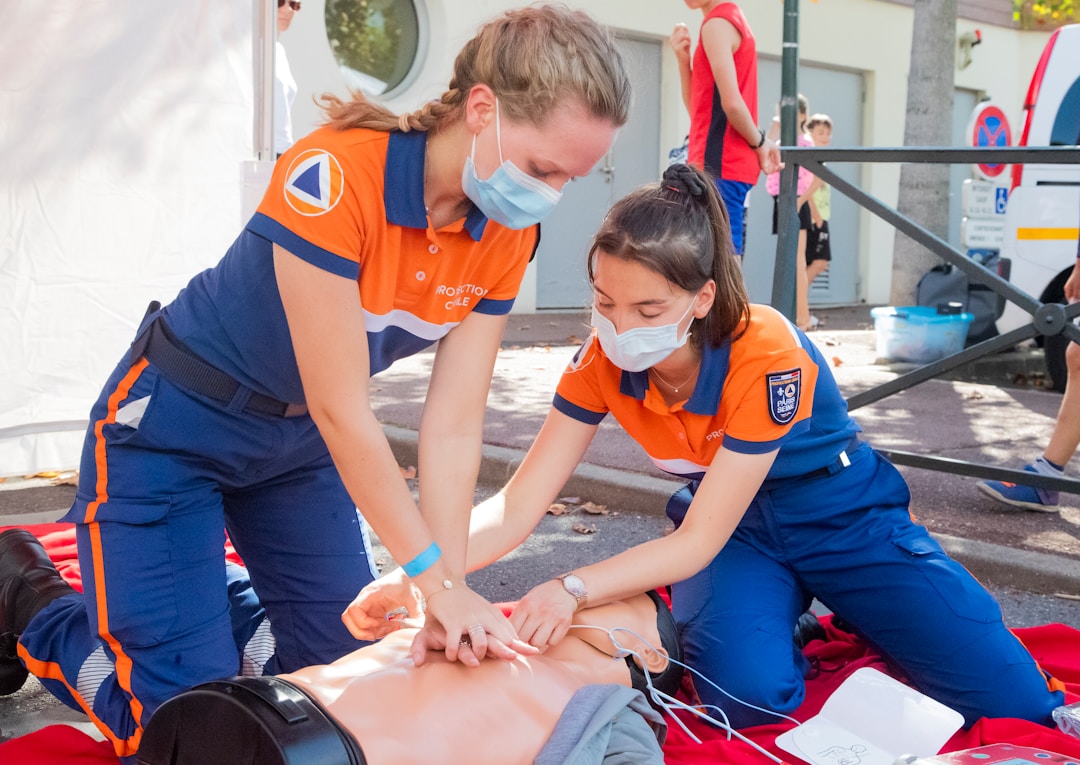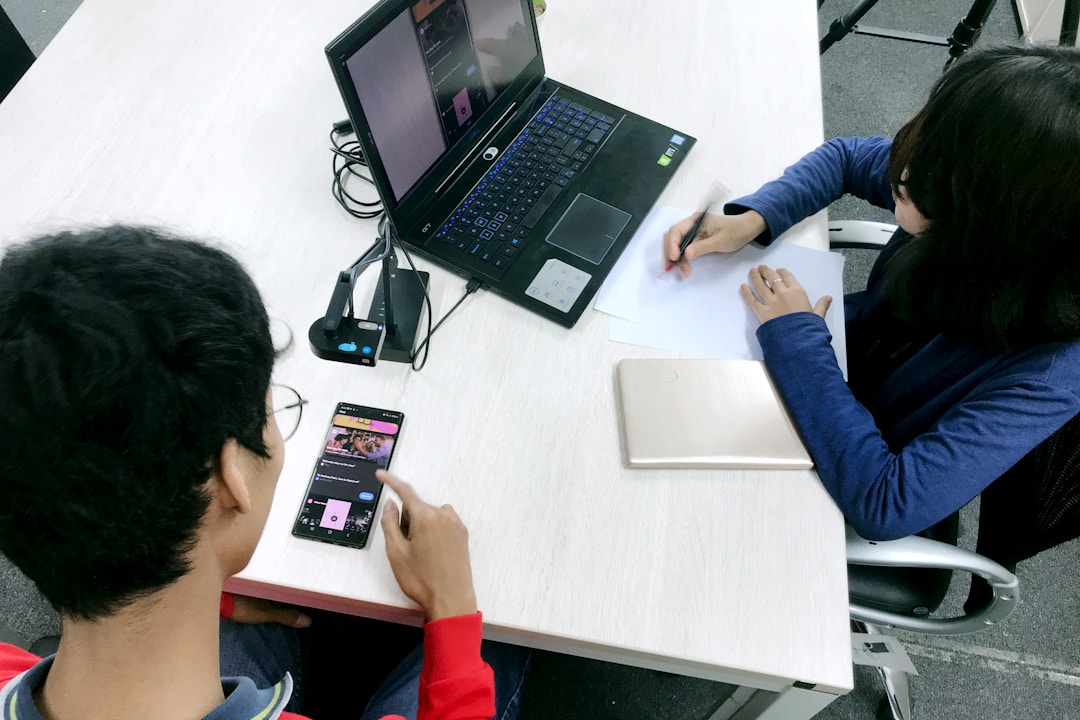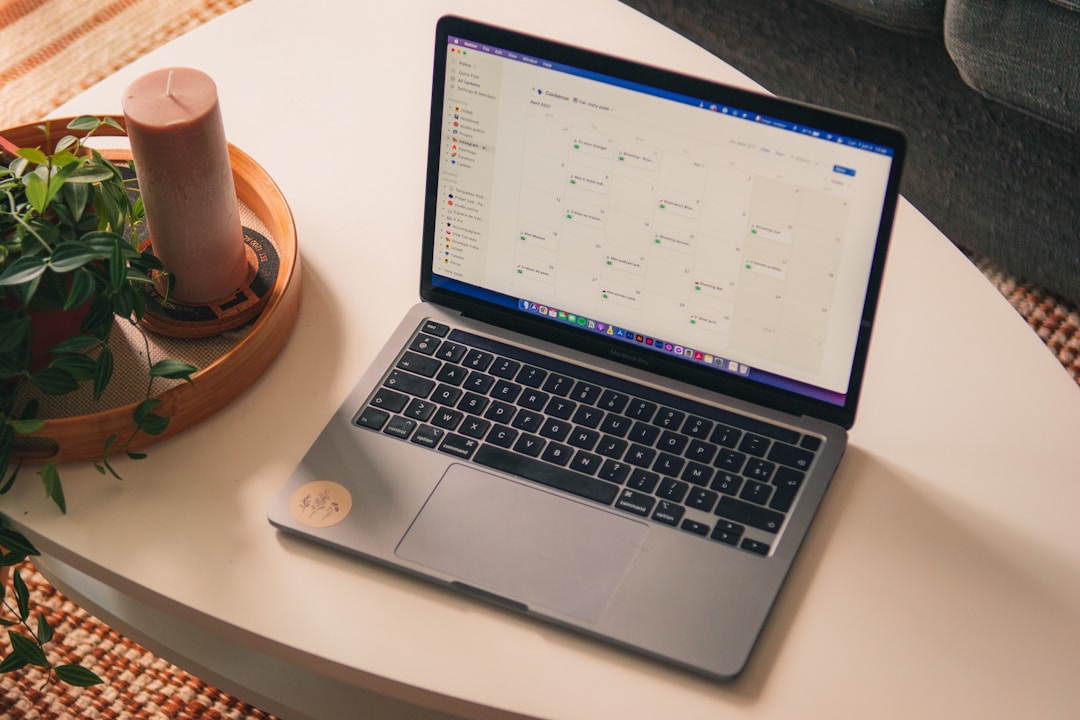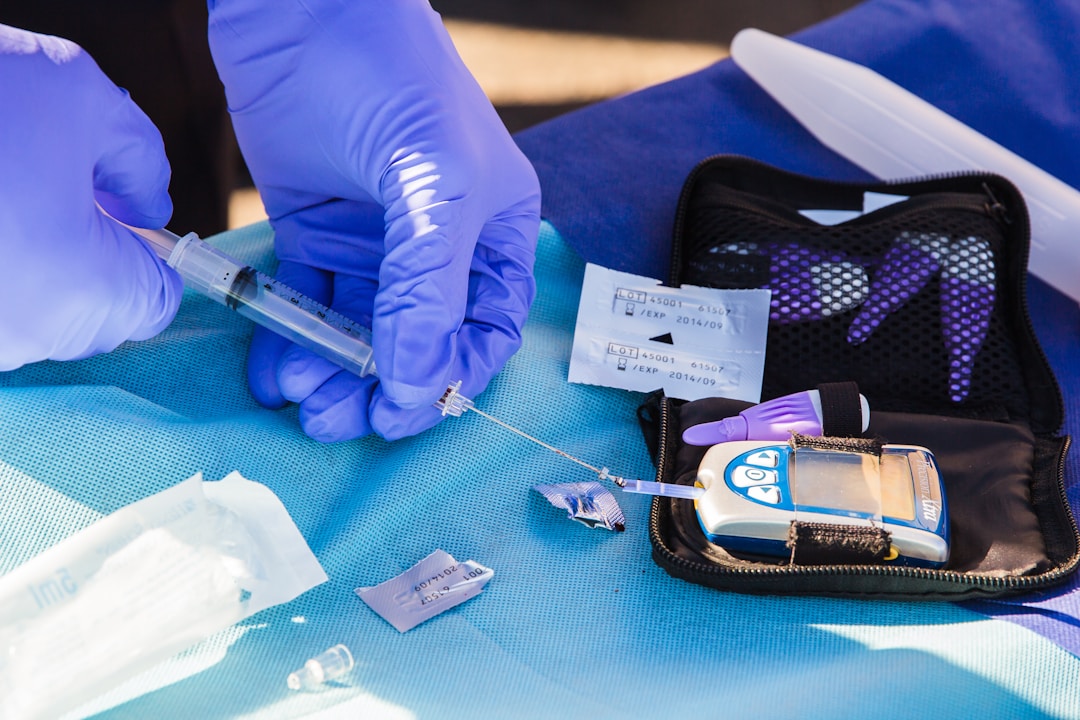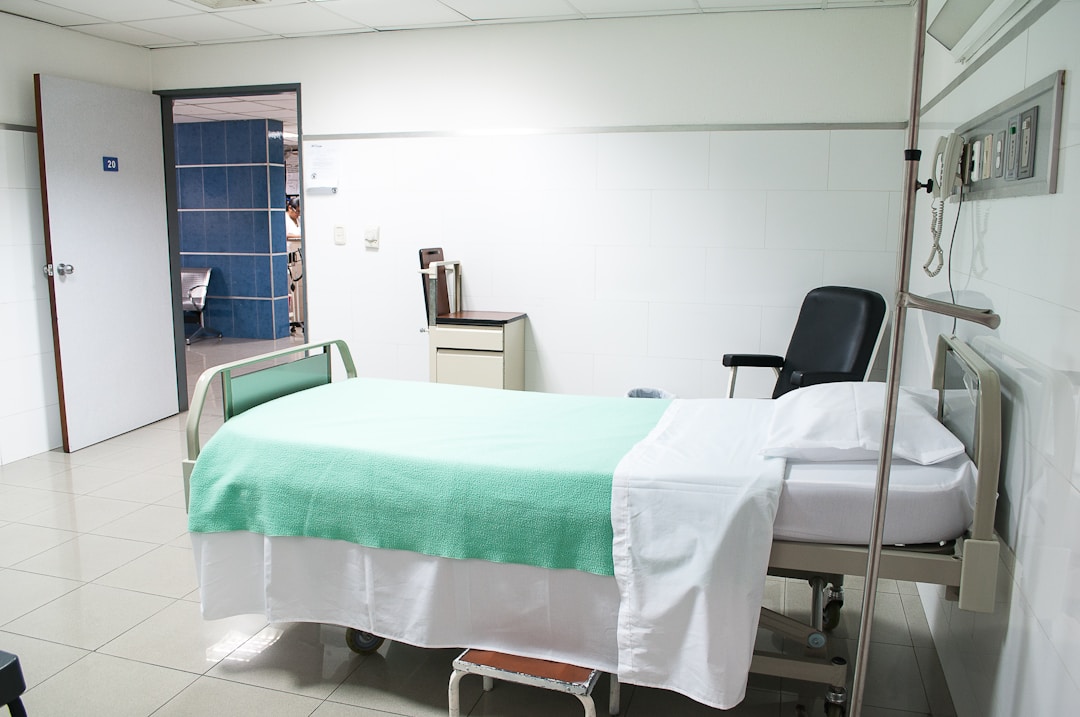ChartFlow
Our new Physical Exam flowsheet is designed for NP, Physician Assistant, and Medical programs — See how you can use it with your students!
It took a long time, but we finally did it! We built our Physical Exam flowsheet with the help of educators who teach provider-level students every day. We’re hoping this new feature in ChartFlow will help you do everything from Physical Exam practice, to OSCEs, to case study review in the classroom.

Here are some free teaching ideas to get you started.
Teaching Idea #1: Physical Exam Skills Lab
You can easily practice physical exams in the classroom., even if you don’t have time for a full simulation! We prefer this option for programs like RN-NP degrees that may have little, or no, designated simulation time.
Here’s what you do:
- Before doing physical exam practice, make sure students have learned the mechanics of physical exams using your school’s book and/or in-class lectures. We love the Strong Exam method that is outlined in a multi-video series on YouTube for instructors who need a little extra help teaching this process.
- When students come into the classroom, have them separate into pairs. One student will act as the patient, the other will act as the provider.
- The “provider” should don gloves and provide a modified physical exam on the other student. Due to varying levels of comfort with physical touch, students should have the ability to approve or deny physical contact. If not comfortable with things like abdomen palpation, have the “provider” describe what they would do instead of completing the physical task. Everything should be done over-the-clothes, avoiding any intimate areas.
- To keep students comfortable, we suggest making an outline on the board before the activity of what sections you would like students to practice on their partner if their partner consents. This list may include: General Appearance, HEENT, Skin (using only skin visible on hands/arms), Cardiopulmonary using the skills/tools readily available in your classroom like stethoscopes or blood pressure cuffs, GI (abdominal palpation only), Musculoskeletal, Neurological.
- Mental status/Psychiatric exams should only be done if the student volunteer has been provided with a script. Students should never be asked personal questions about their mental wellbeing in the classroom.
- Lymphatic exams should only be performed on cervical lymph nodes with a volunteer’s consent.
- None of the genitourinary section should be practiced on a student volunteer. This can be practiced verbally. For example: “what findings would be present when doing xyz”.
- Give student patients a script if you would like them to provide specific information during the exam. For example, if you want them to act a certain way or verbally give information about cardiopulmonary findings.
- Chart what was completed in ChartFlow. Students can use their phones, laptops, or tablets to open ChartFlow during class and create a new patient for this activity. They will open the Physical Exam flowsheet and chart all of their findings in the flowsheet. This flowsheet can also help remind them of any sections they may have forgotten.

Teaching Idea #2: OSCEs
We have Physician Assistant programs ask us about OSCEs on a regular basis. Using our physical exam flowsheet, you can easily incorporate ChartFlow into your Physical Exam Station.

Here’s how:
- Use your existing patient scenarios.
- When a student enters the room and begins their physical exam they should open ChartFlow.
- All findings during the physical exam station will be recorded in our system.
- All charting will be saved and can be used as part of the grading process by the exam administrator.
More posts like this




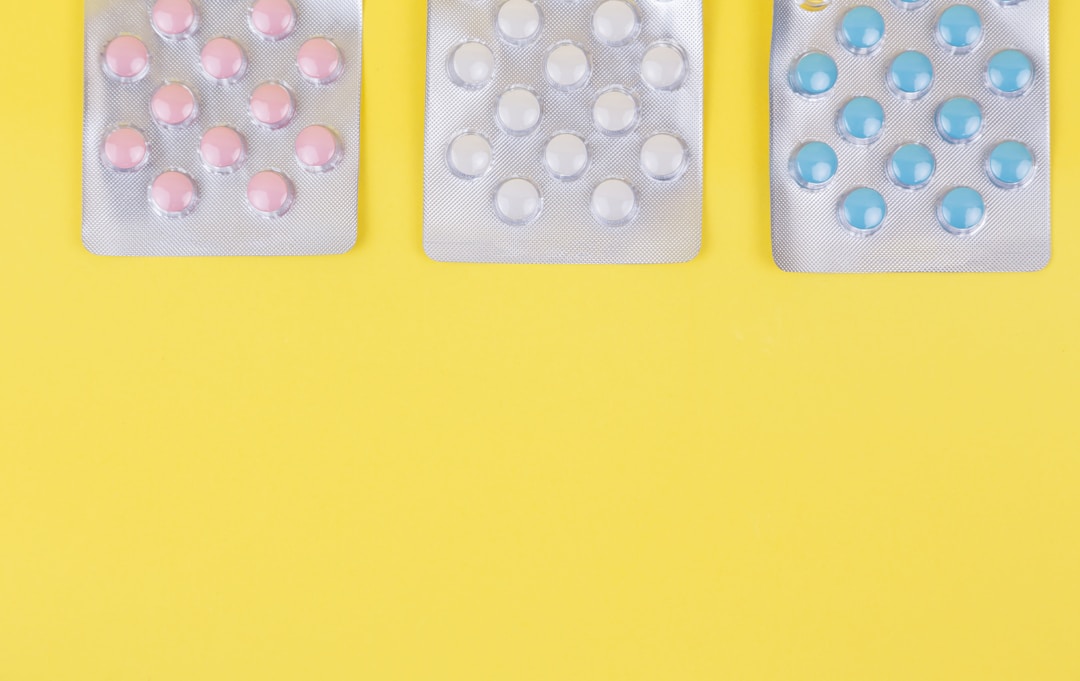

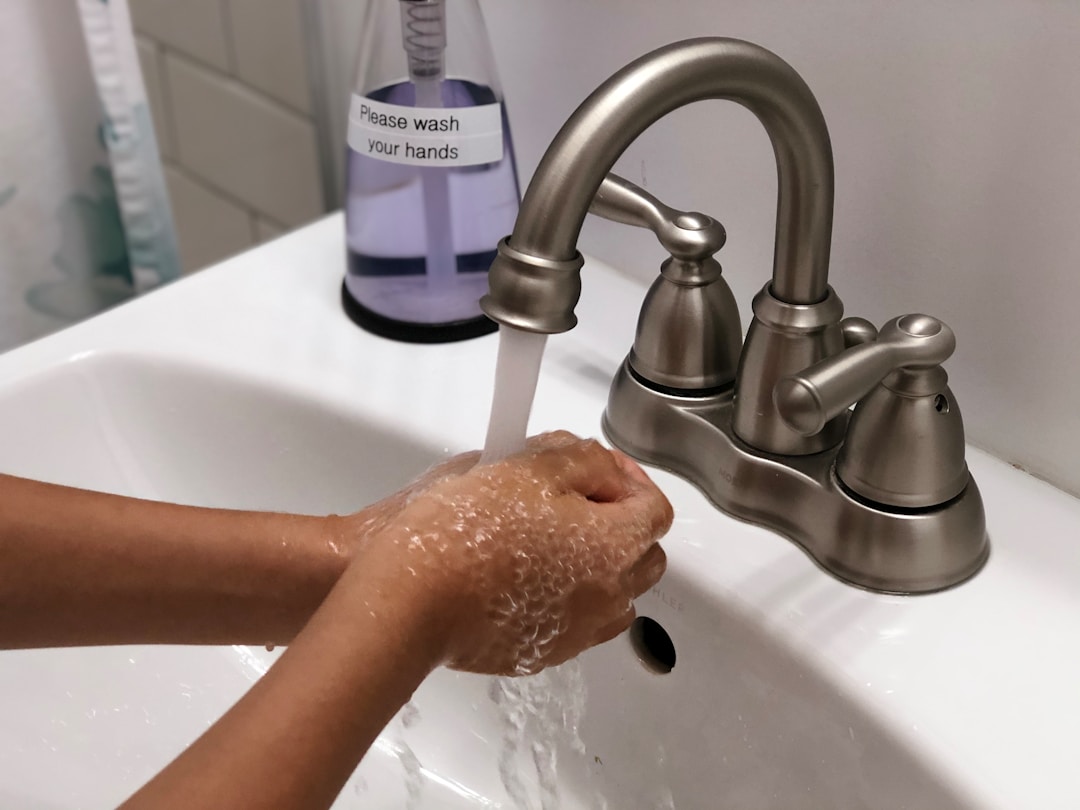



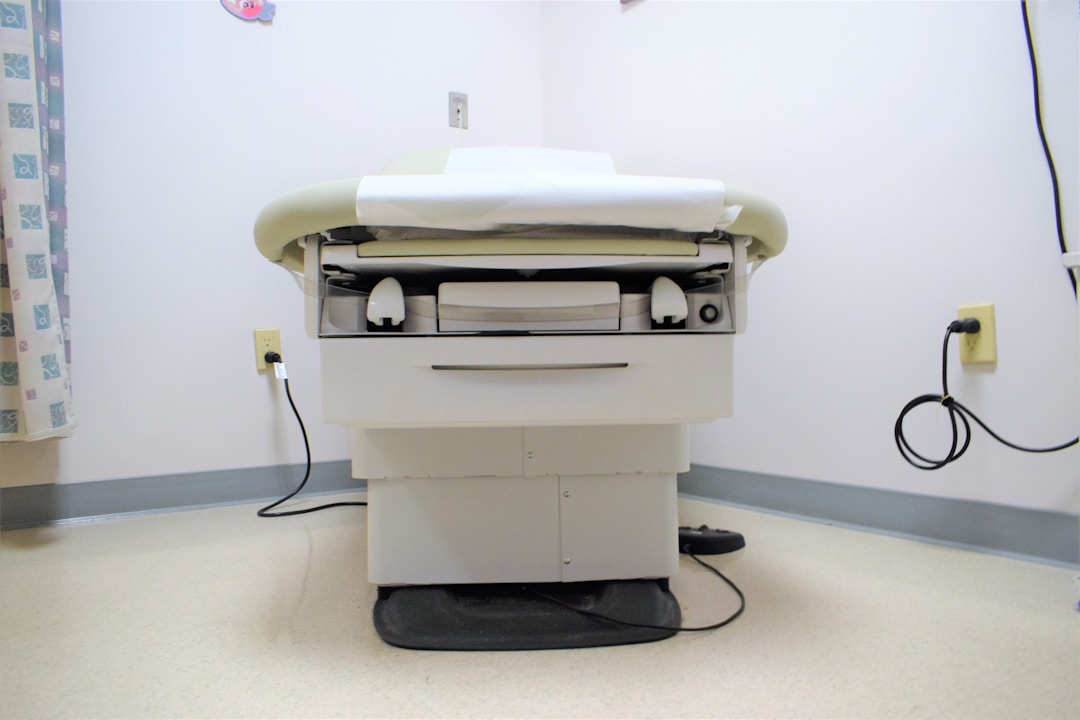
_(2)/w=1080,quality=90,fit=scale-down)



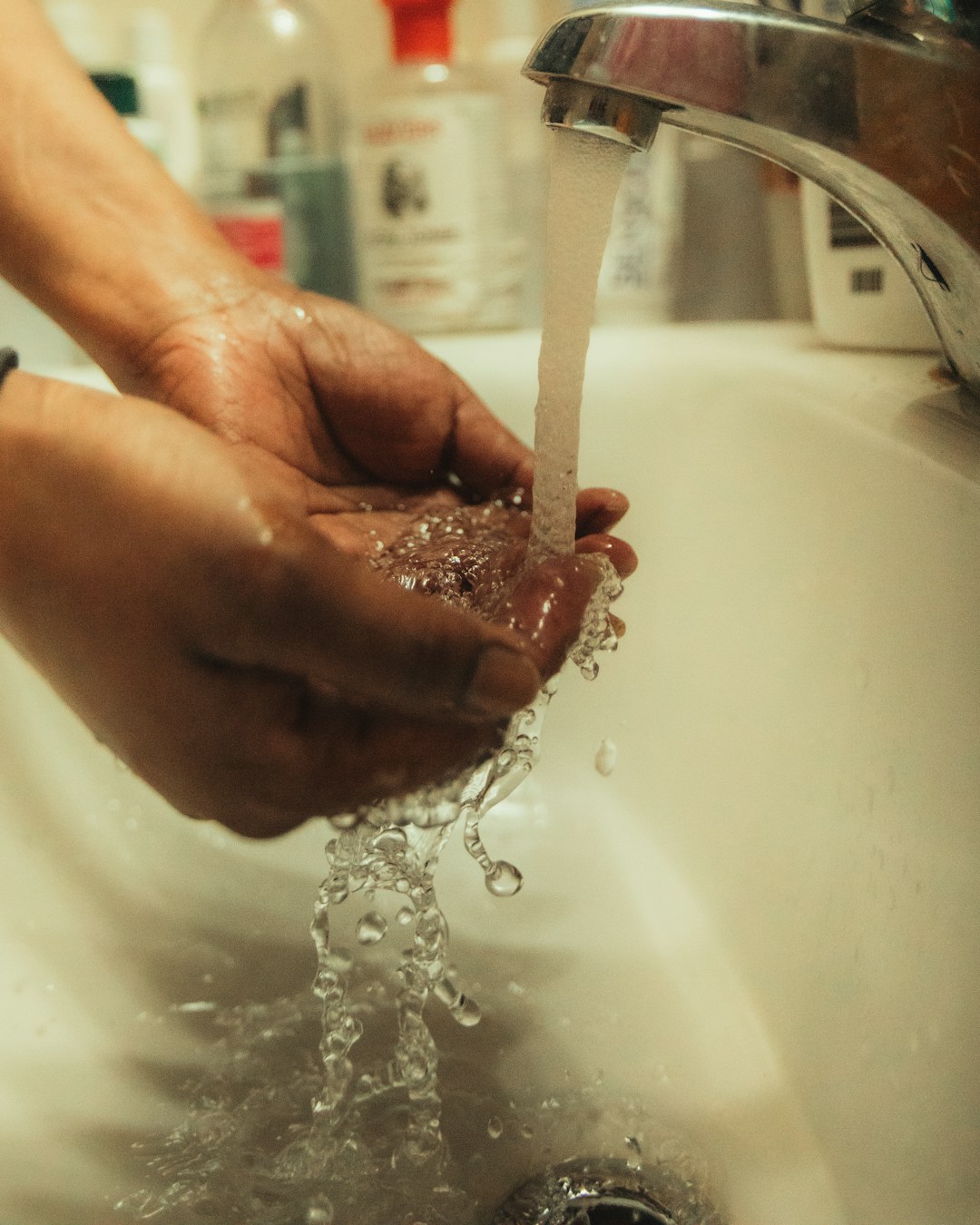
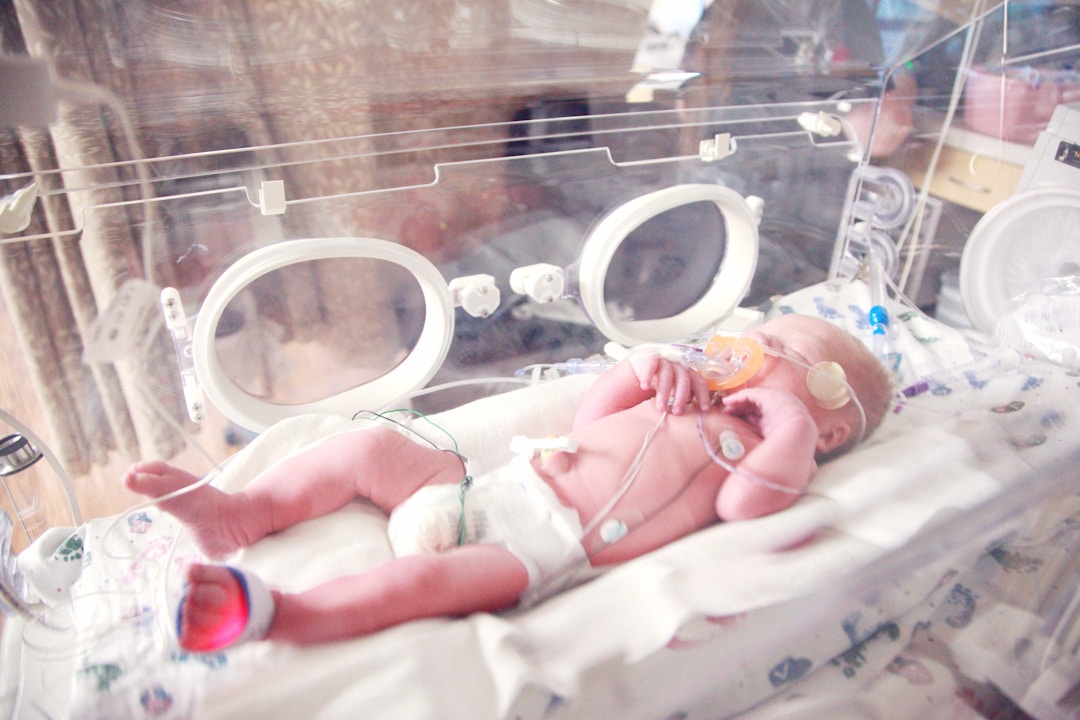

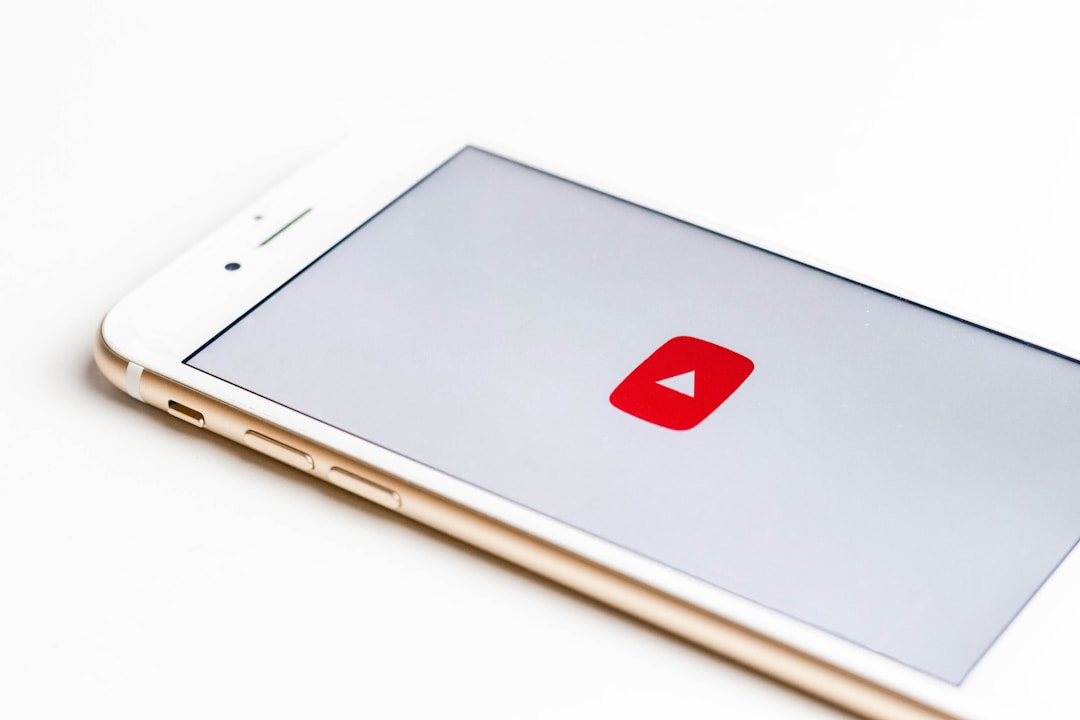

/w=1080,quality=90,fit=scale-down)






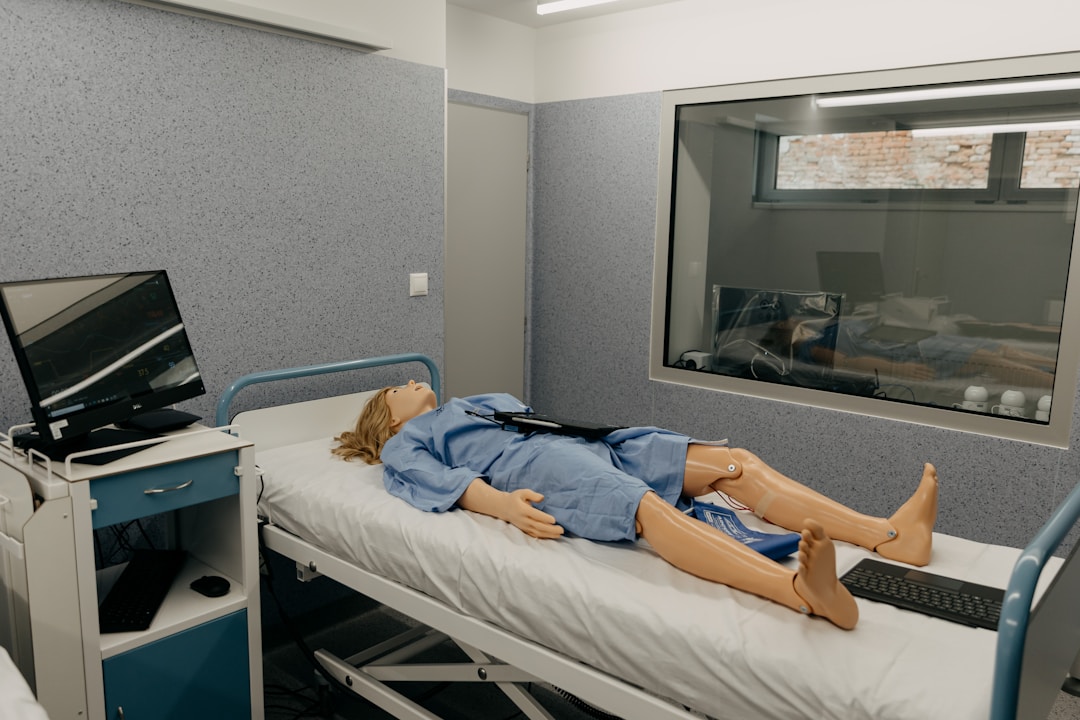



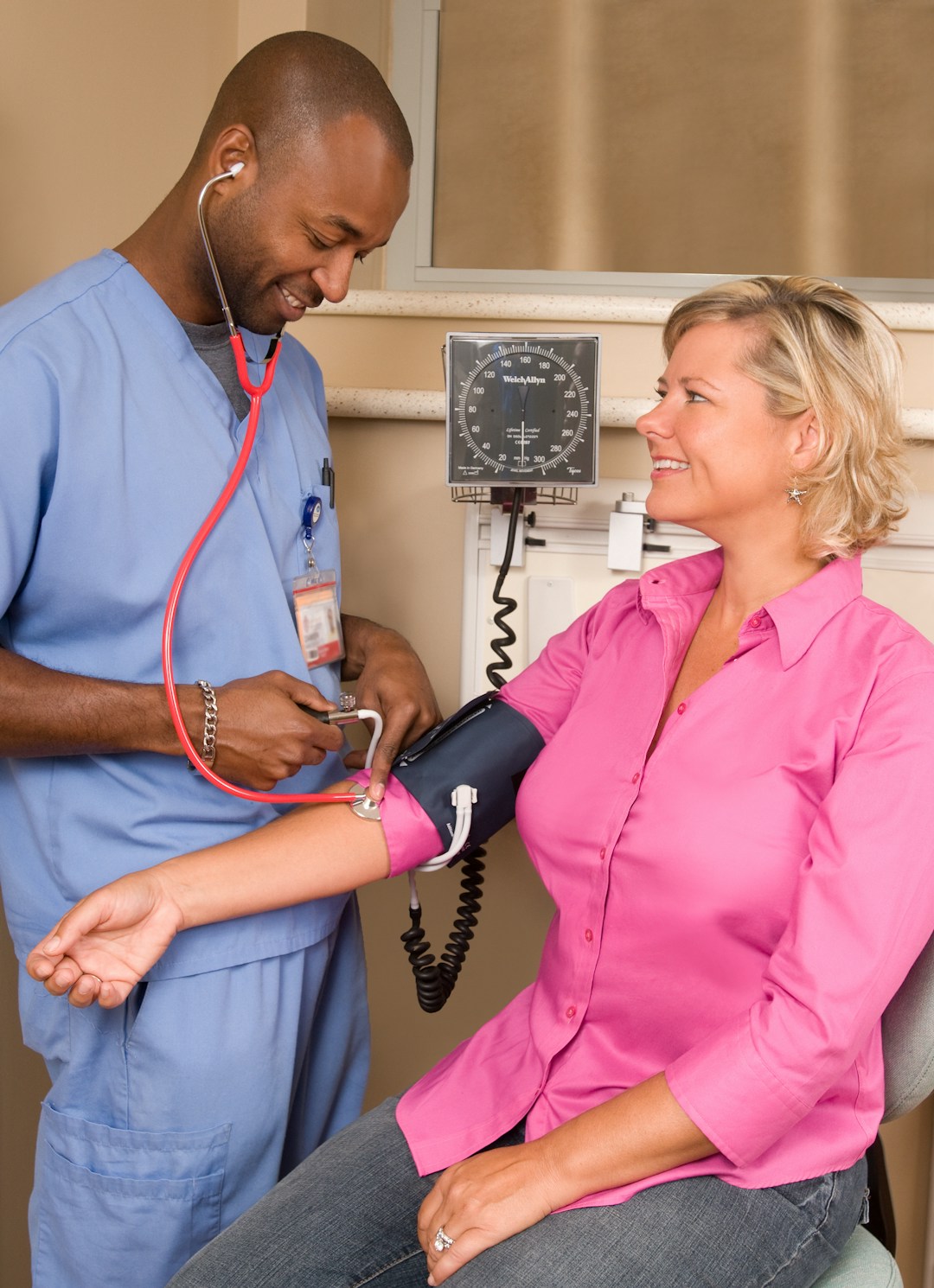
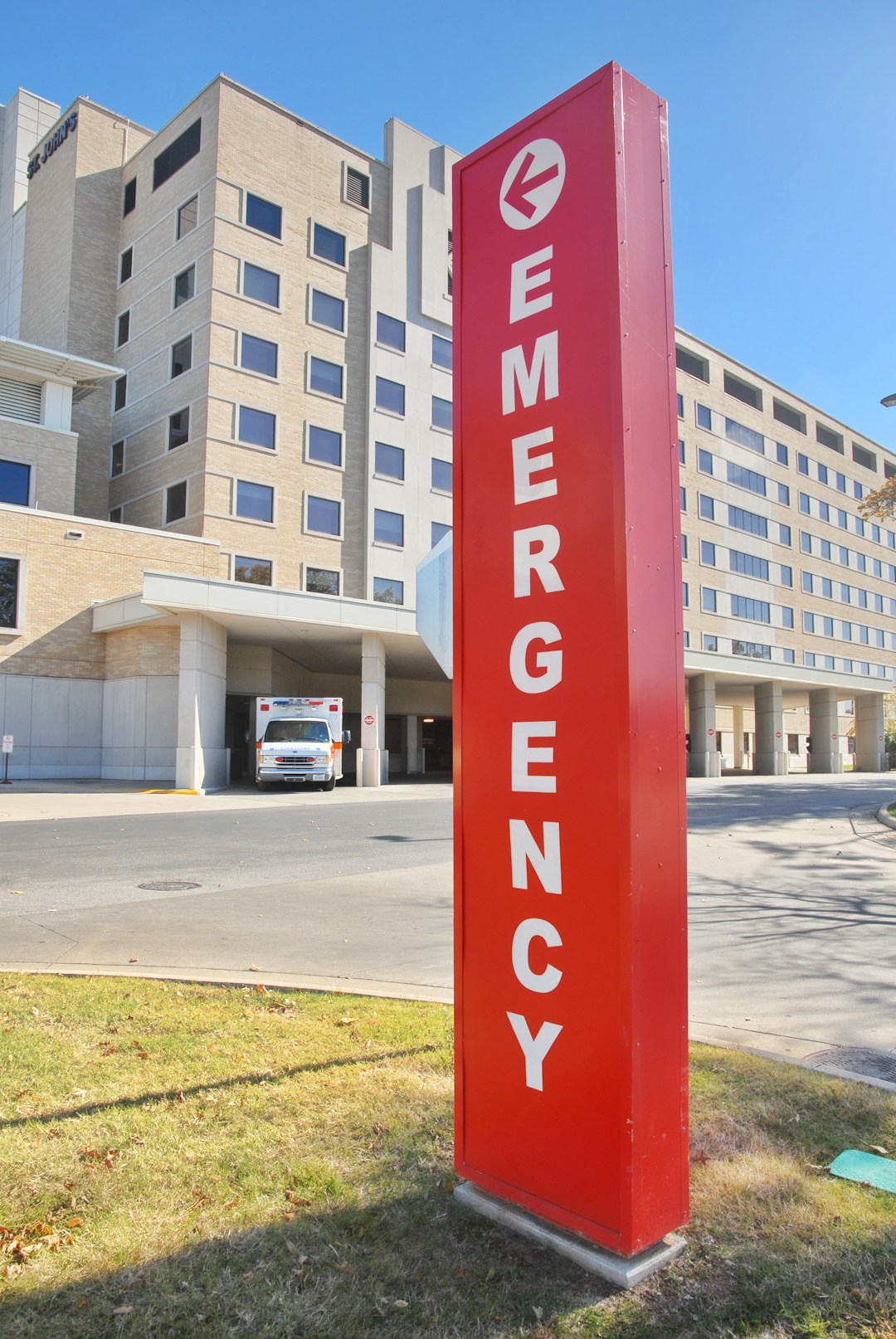
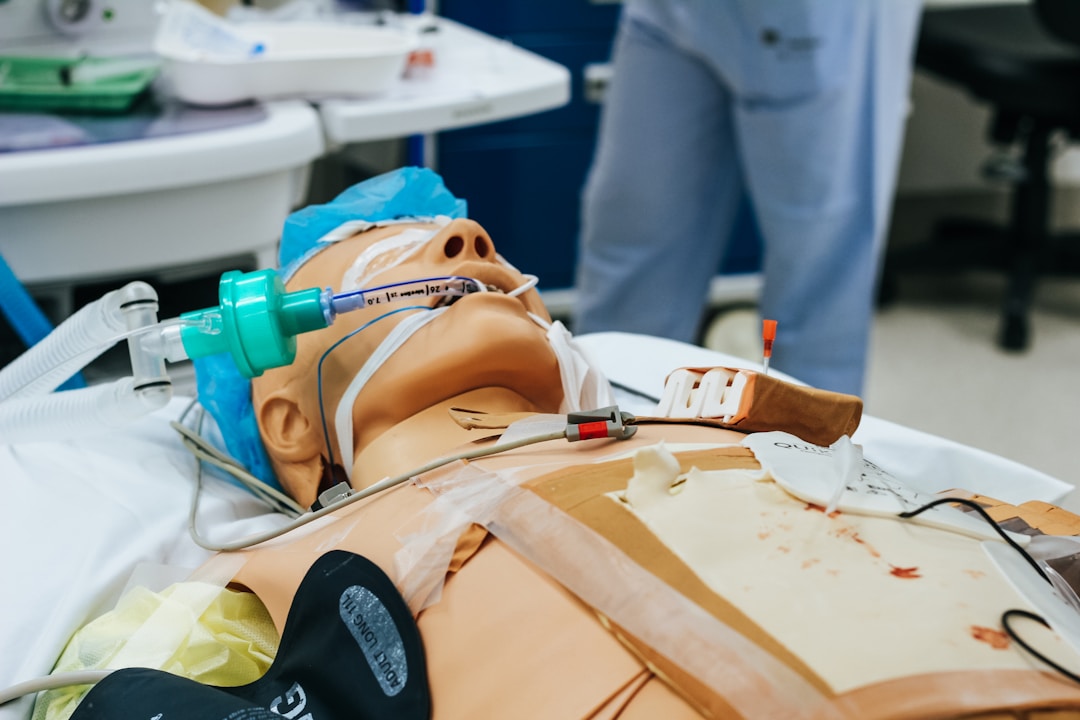

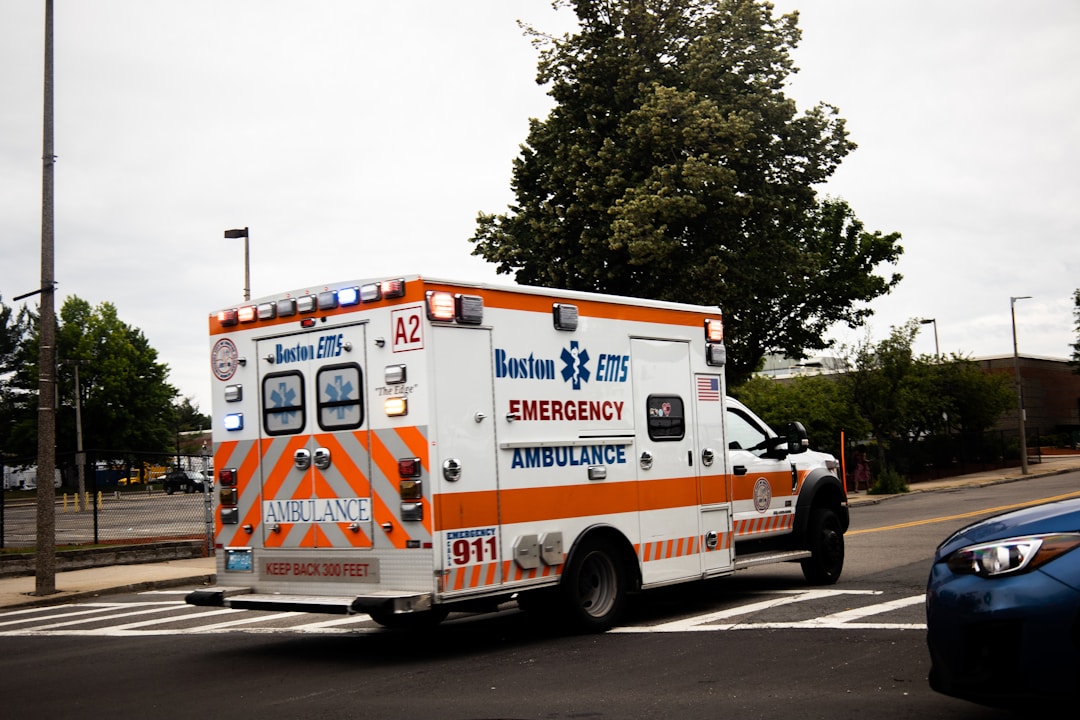



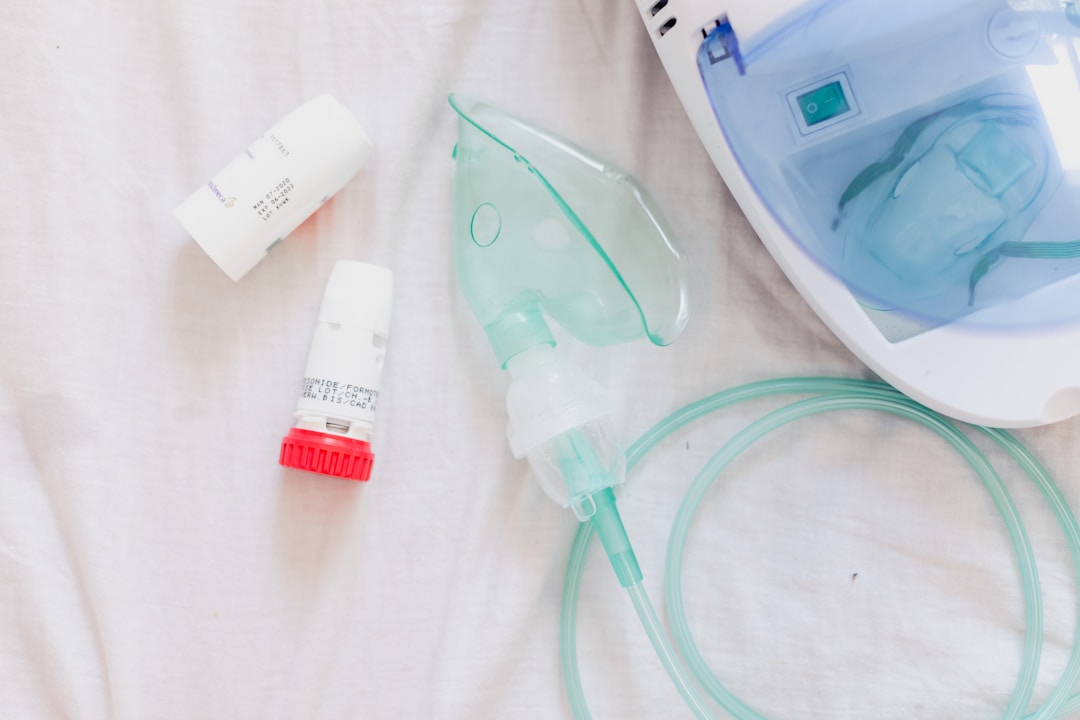


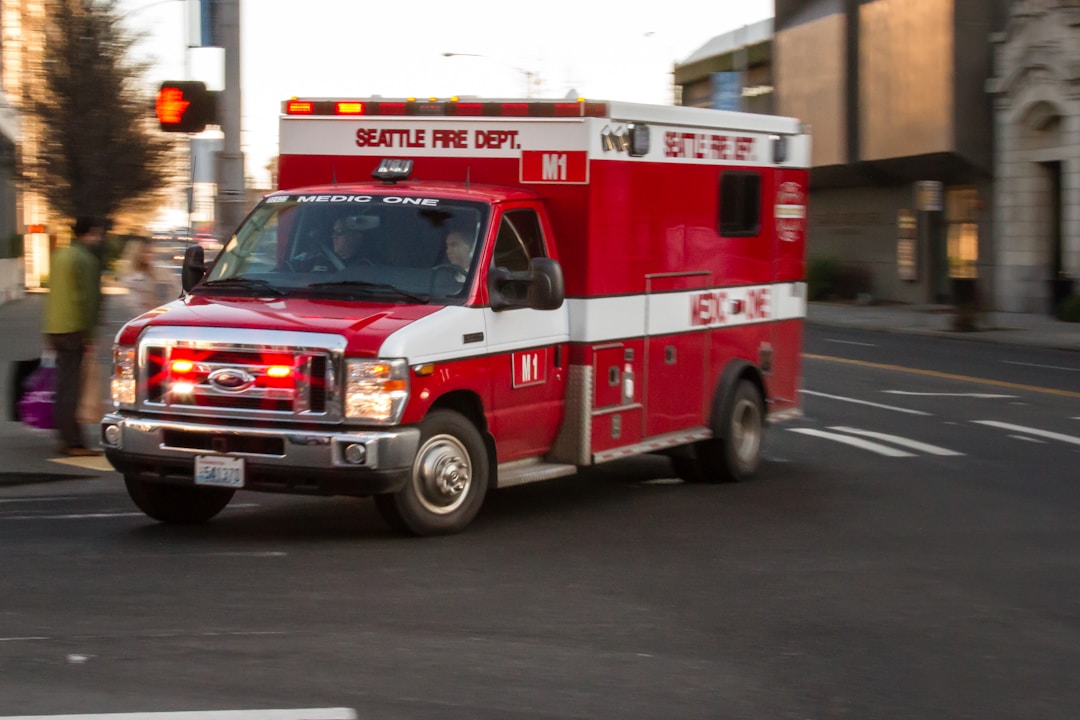
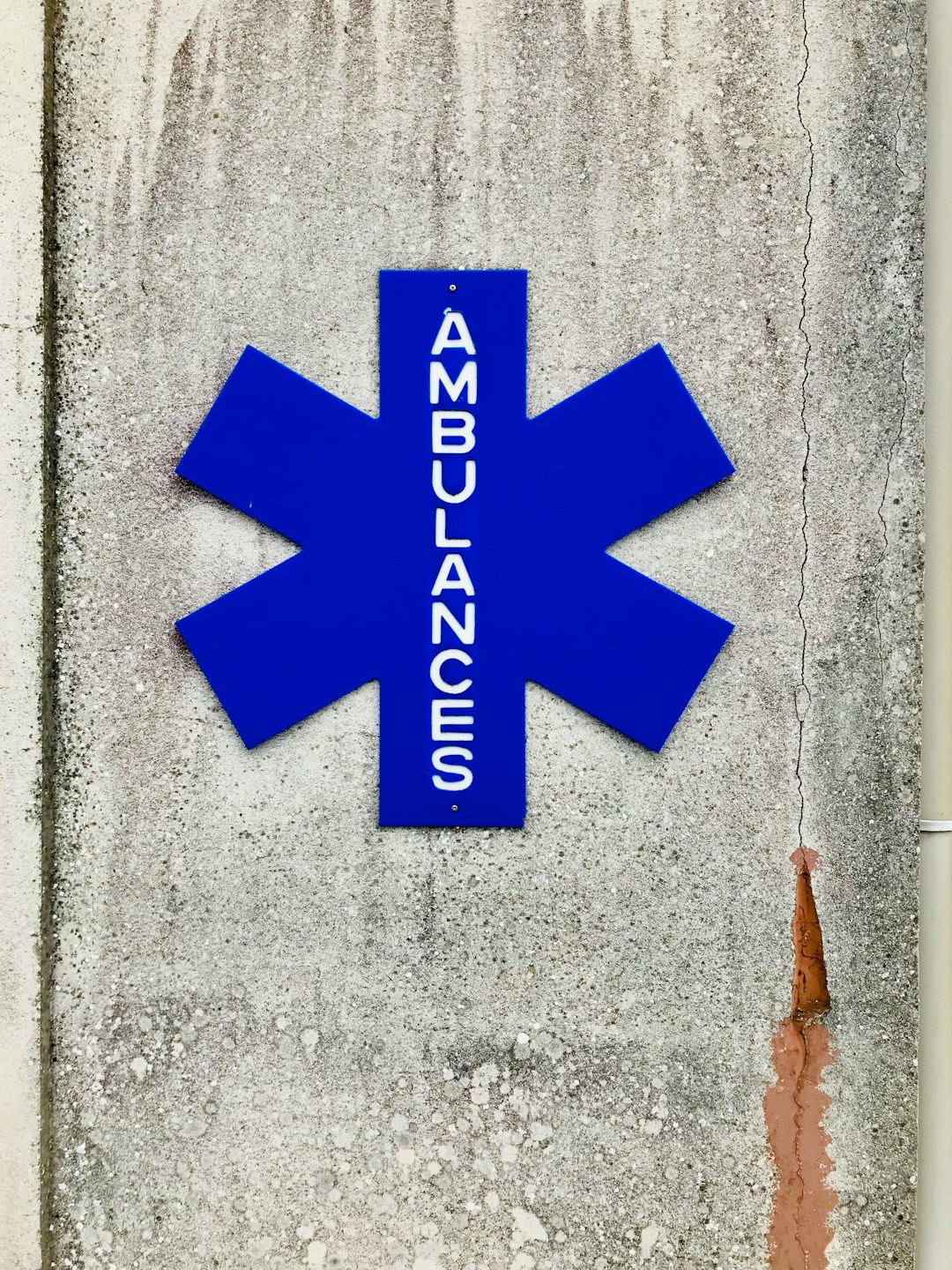





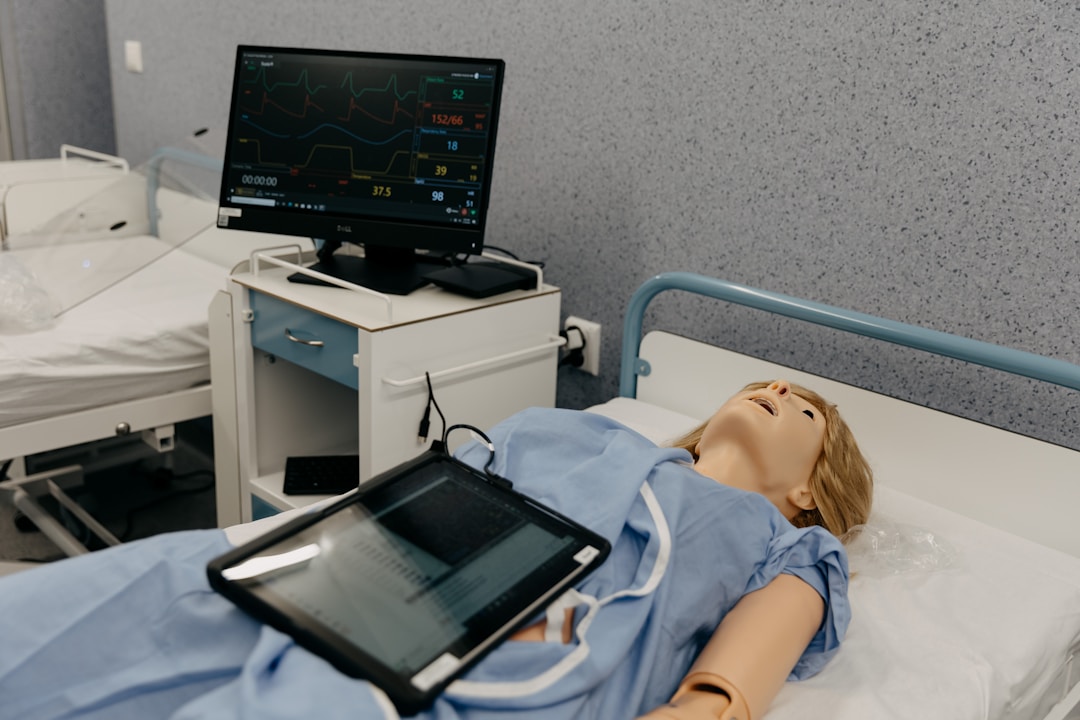


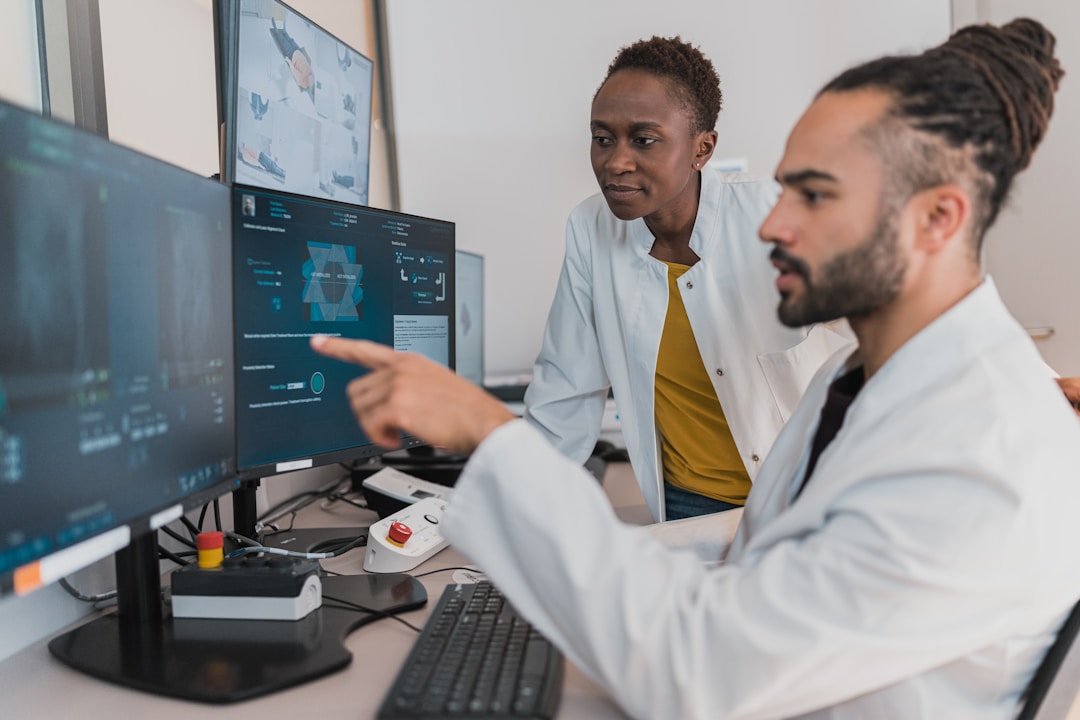
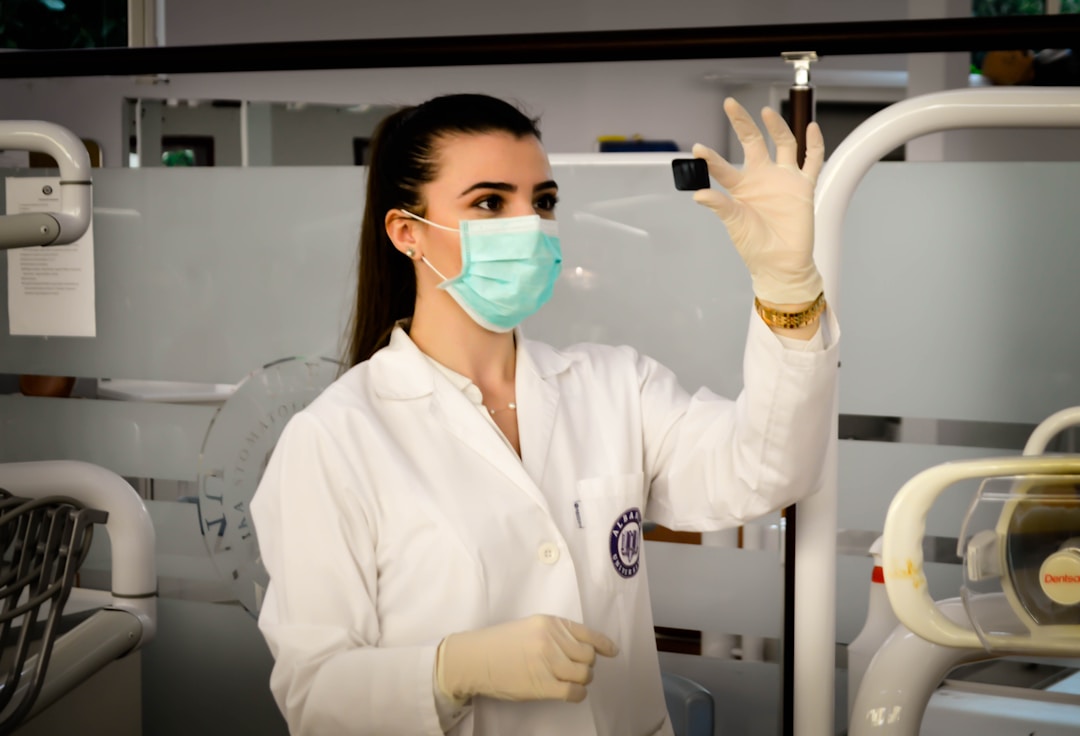







/w=1080,quality=90,fit=scale-down)
_(1)/w=1080,quality=90,fit=scale-down)









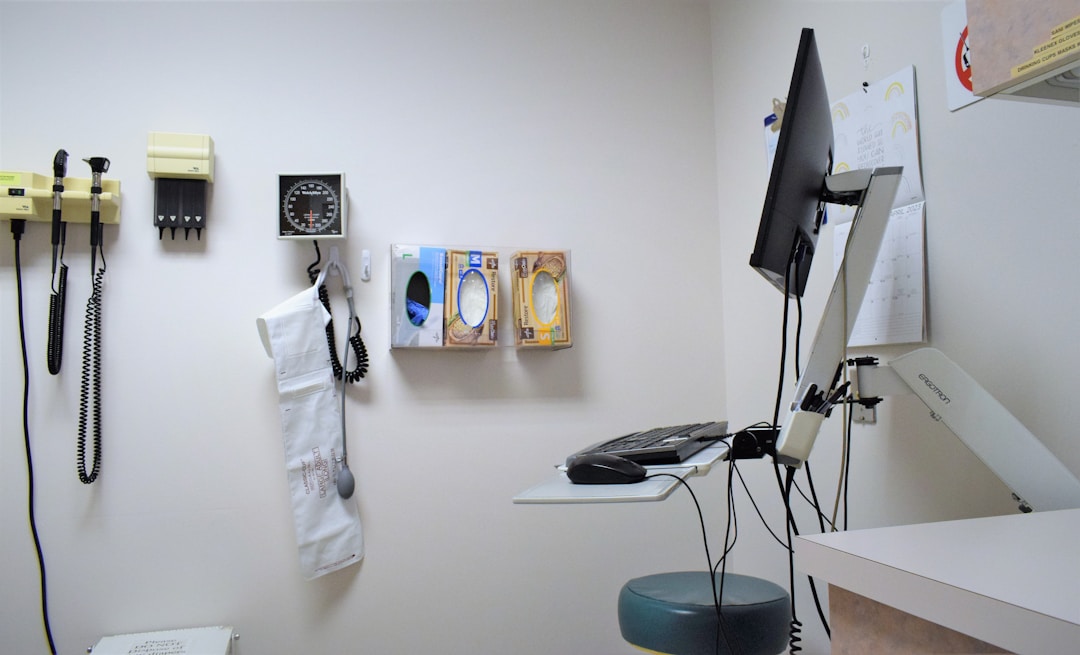
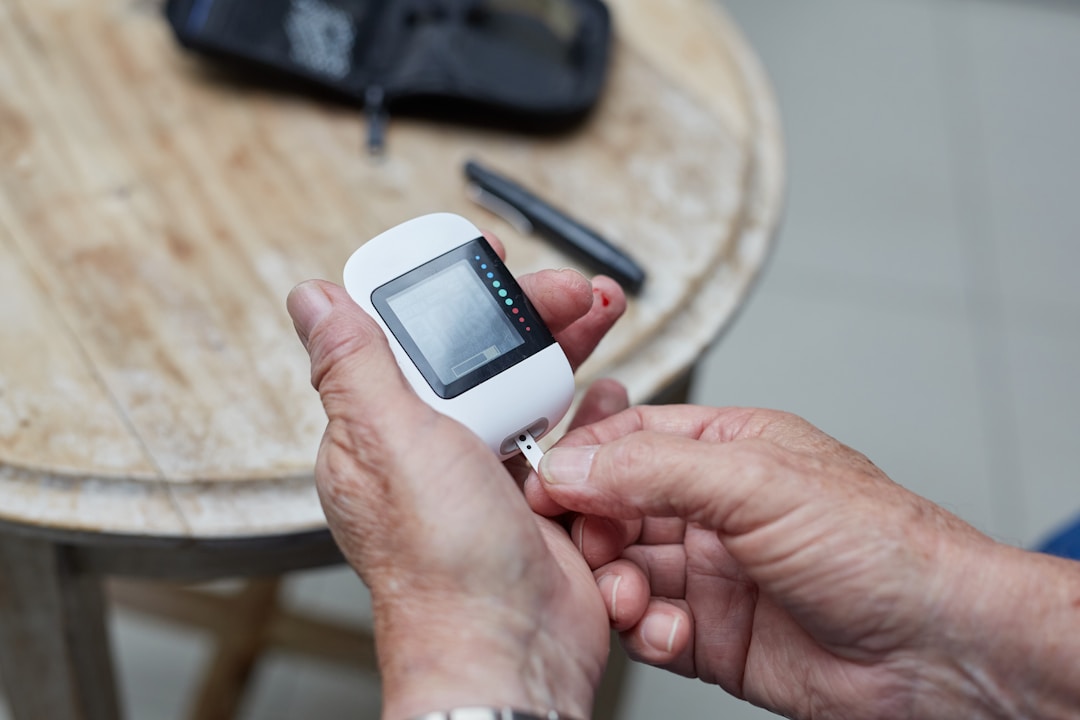



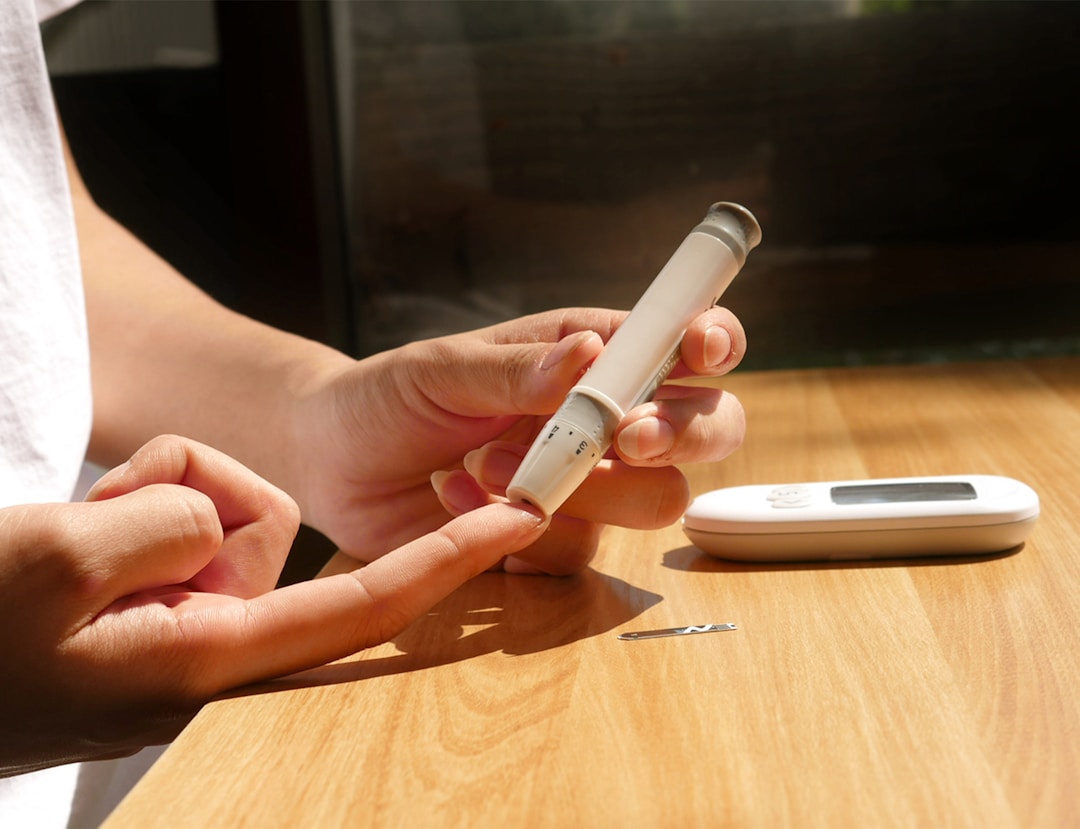








/w=1080,quality=90,fit=scale-down)







